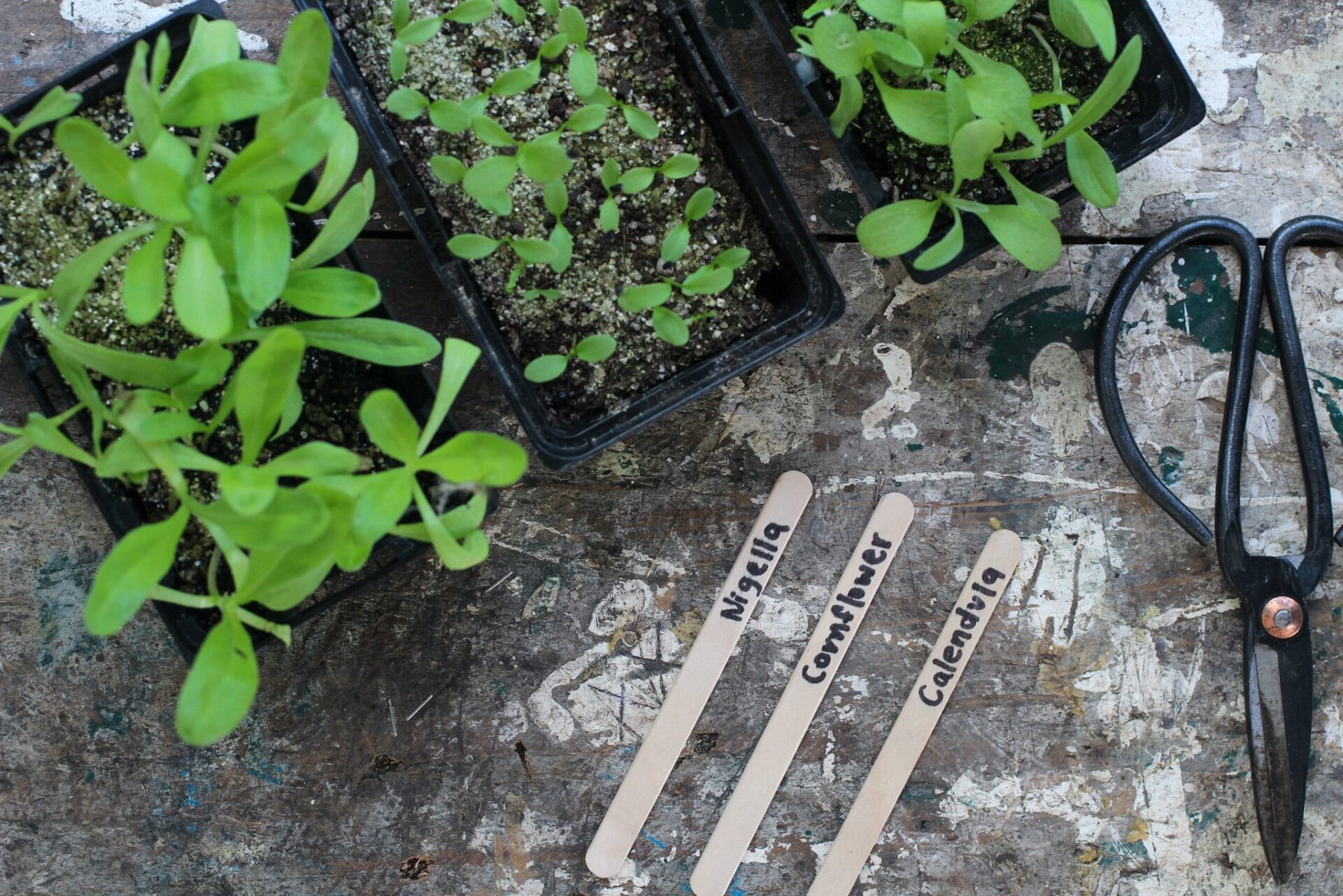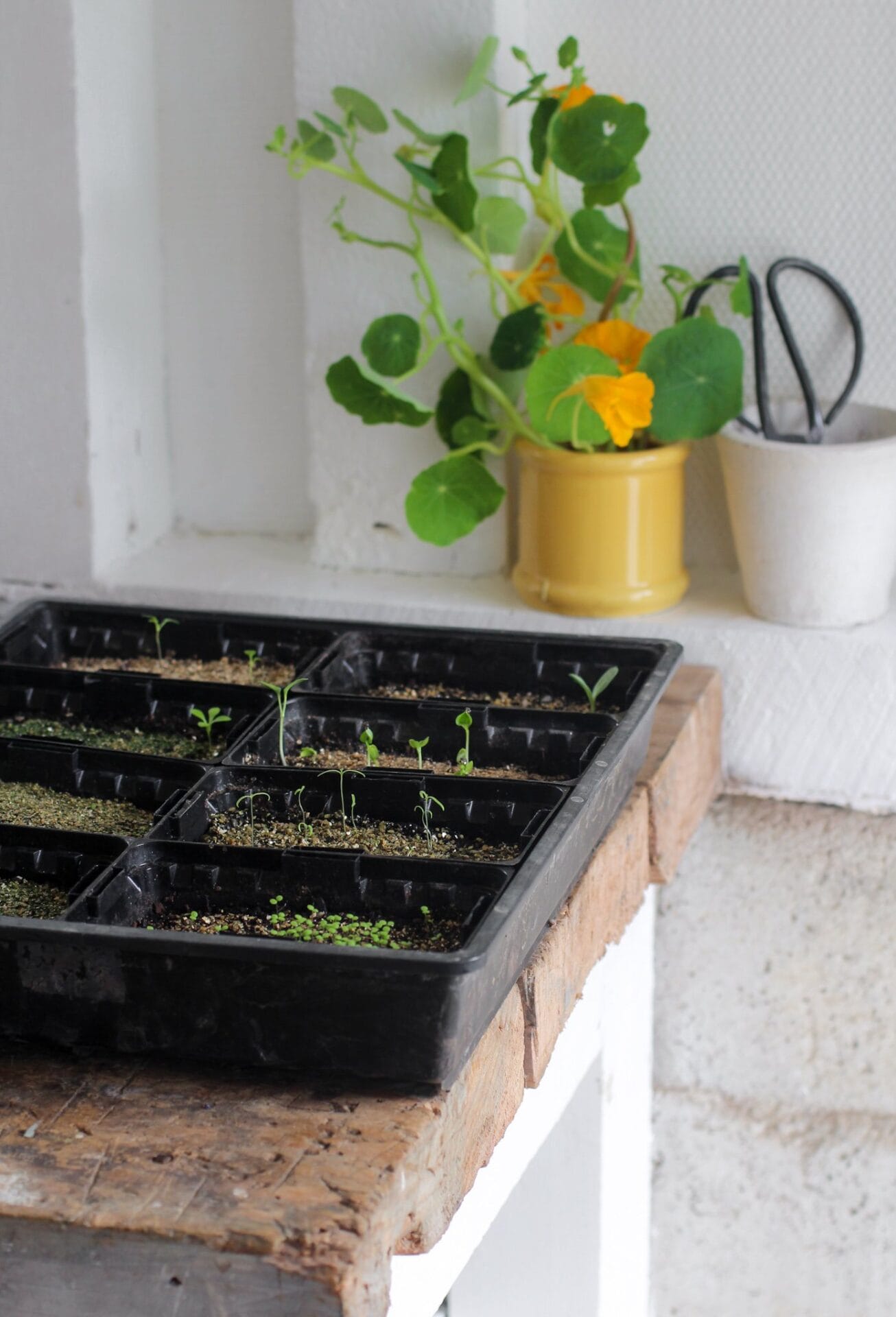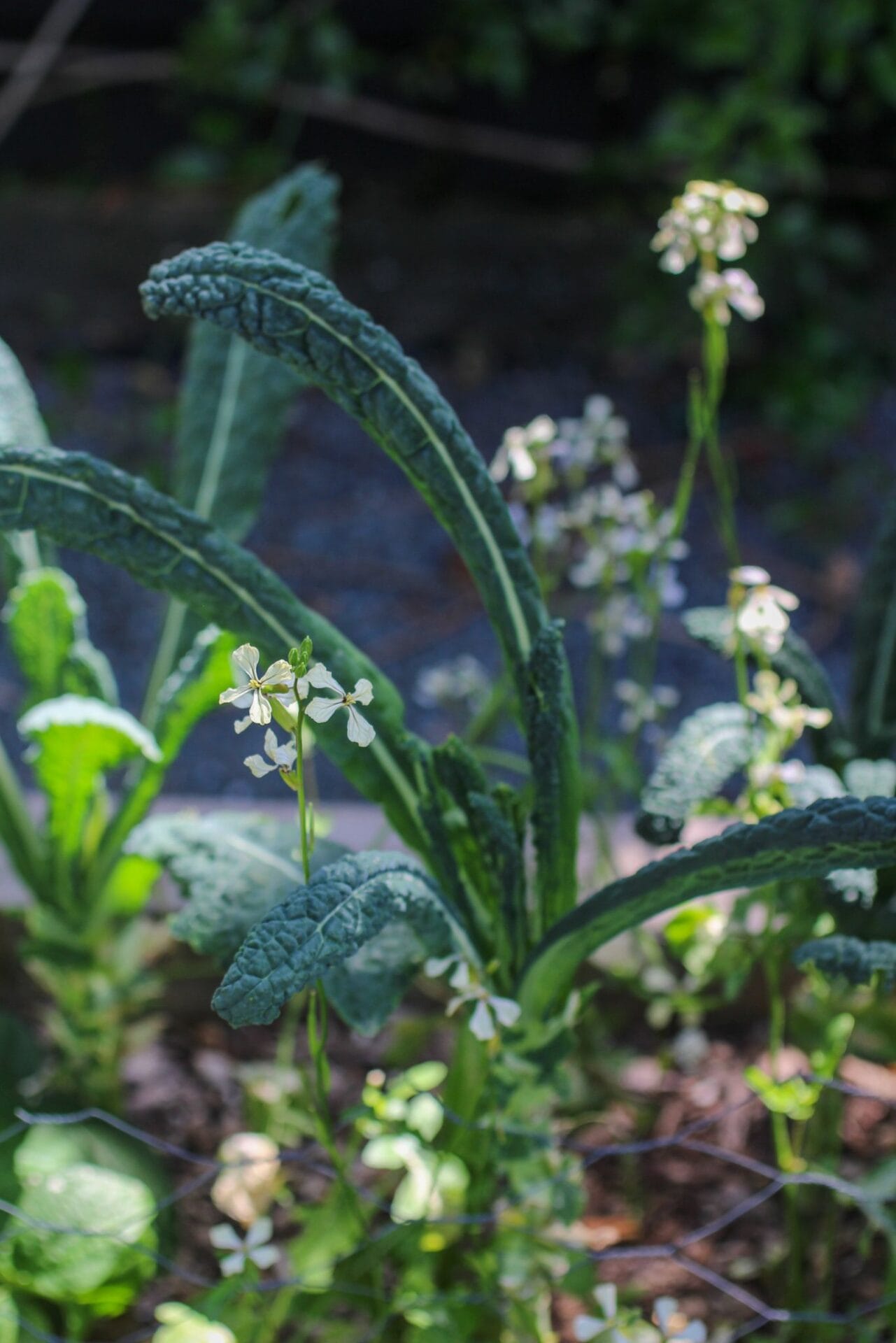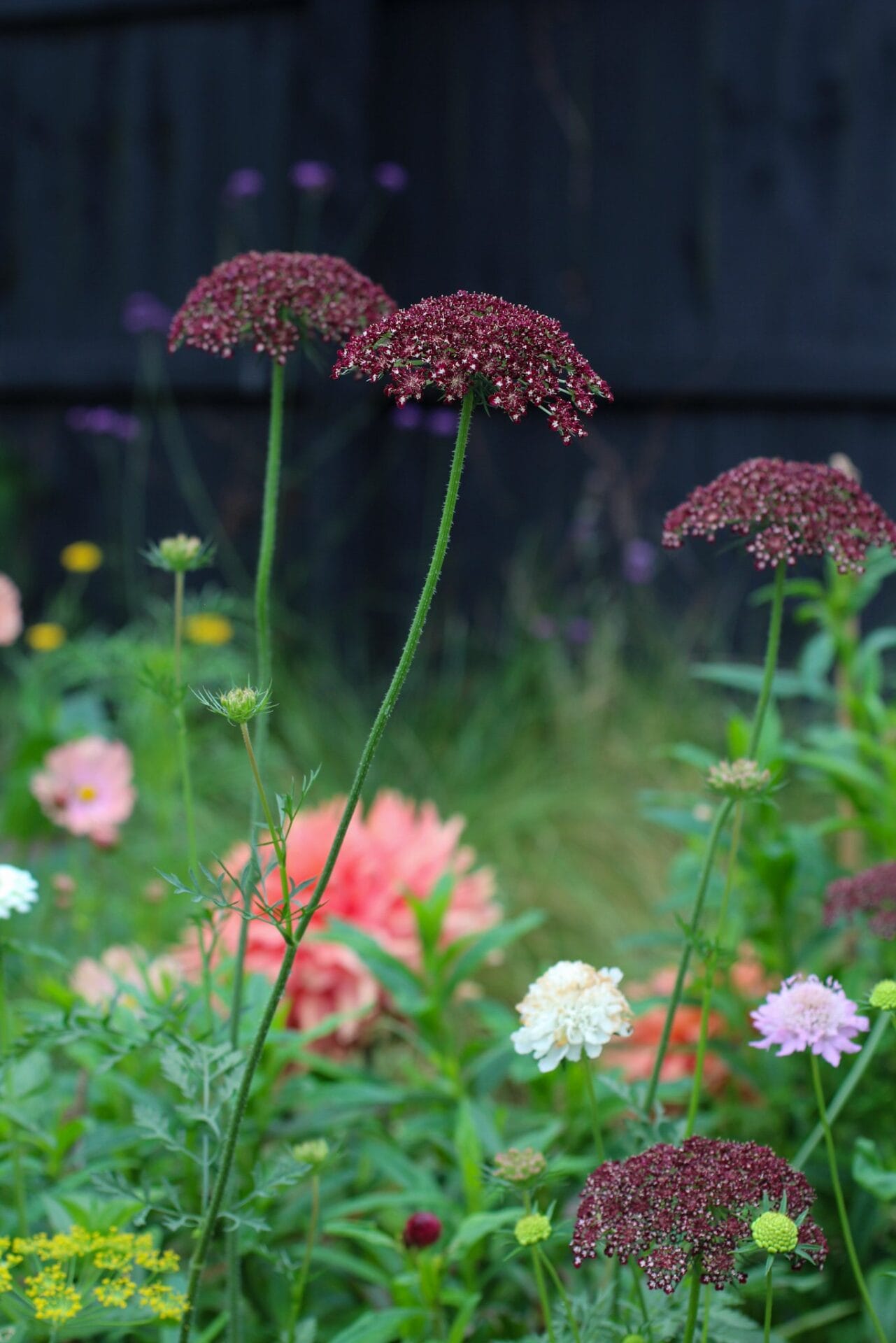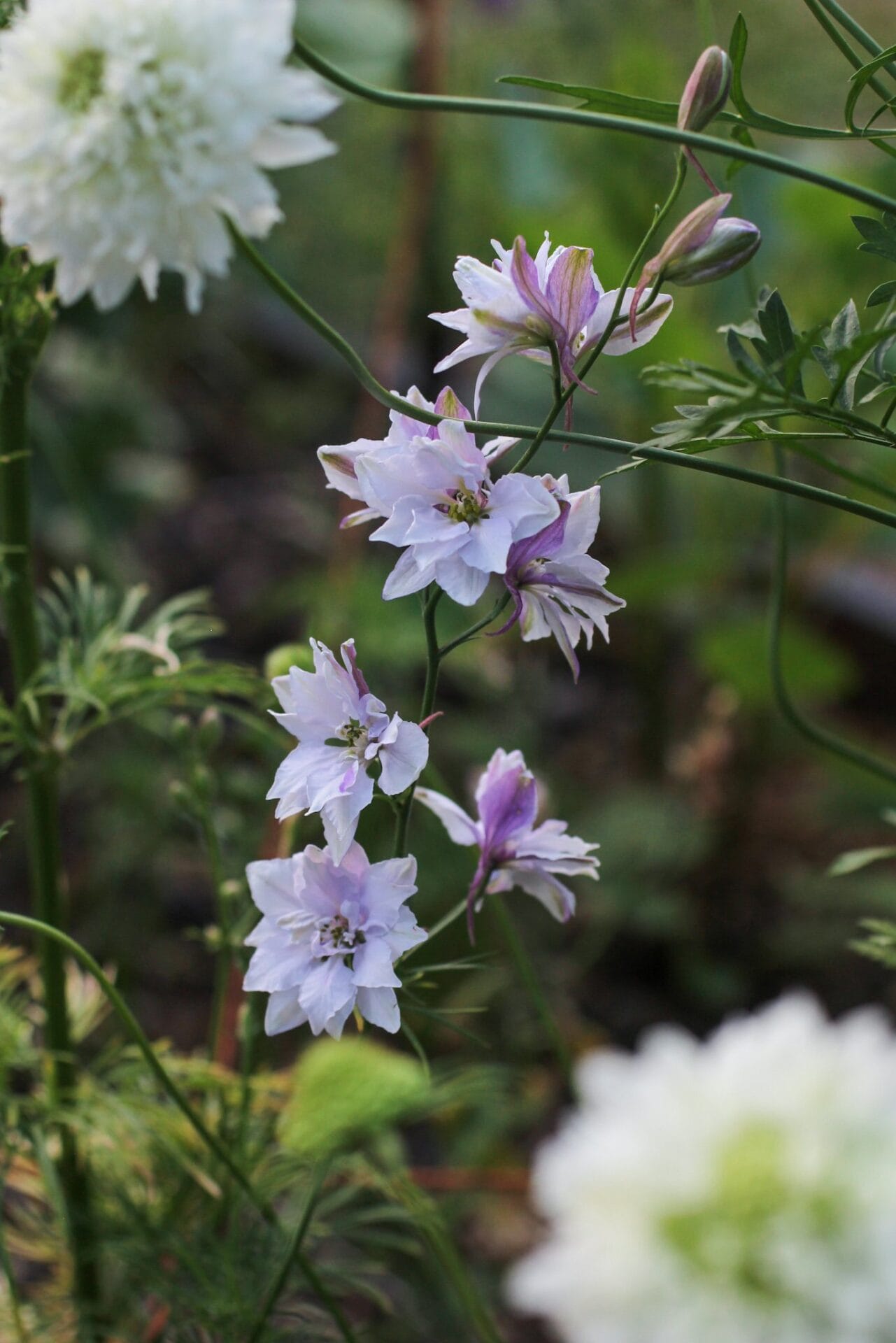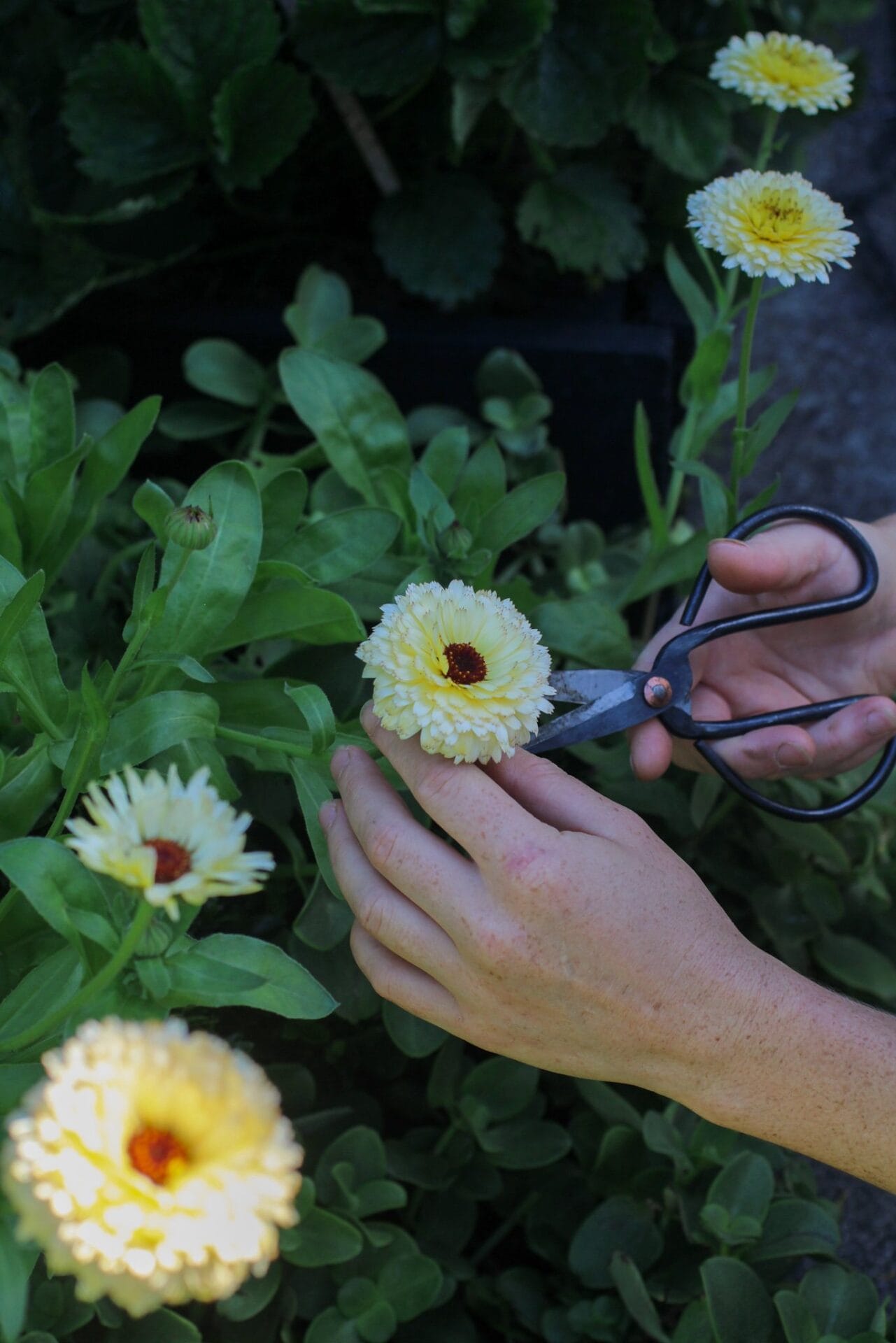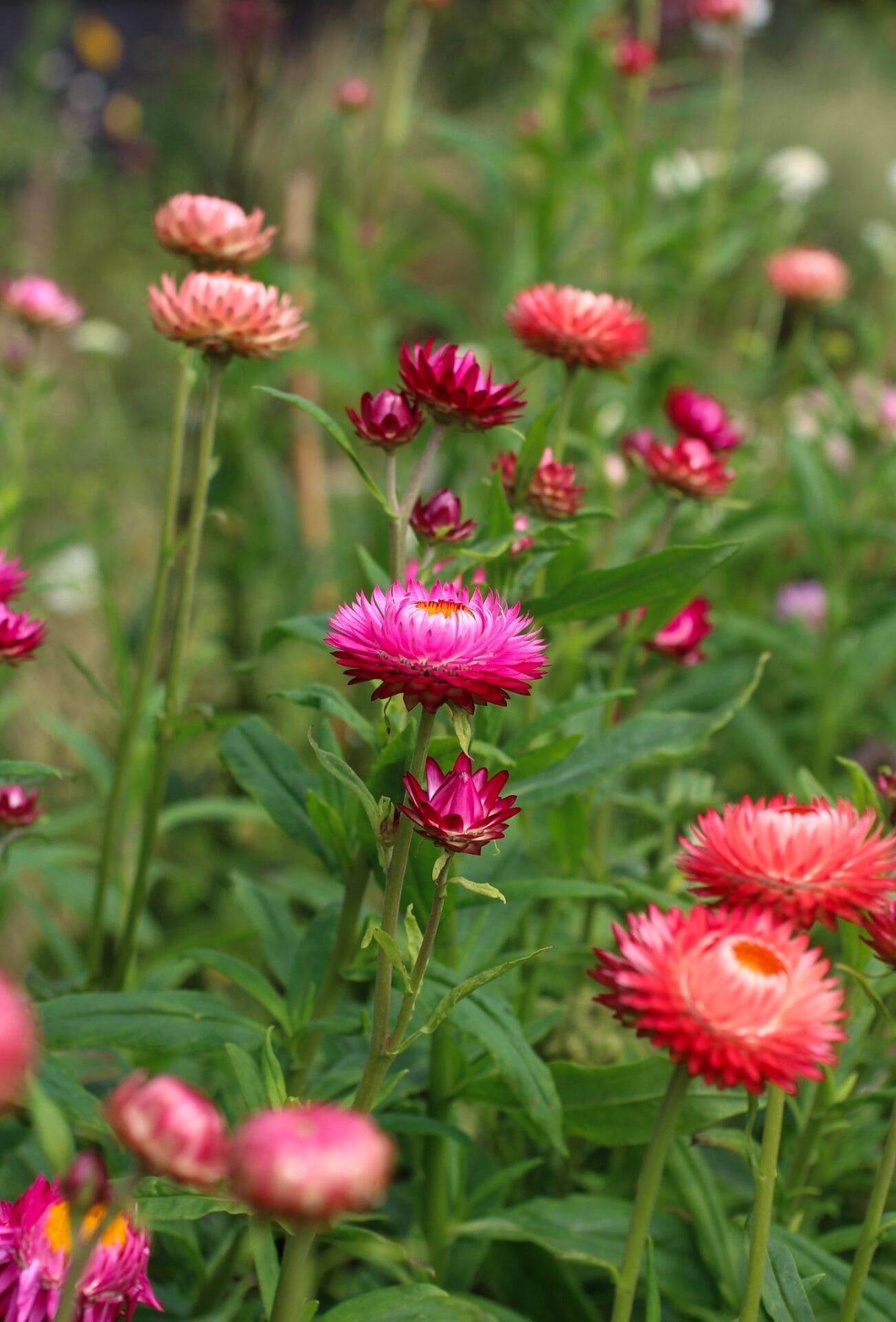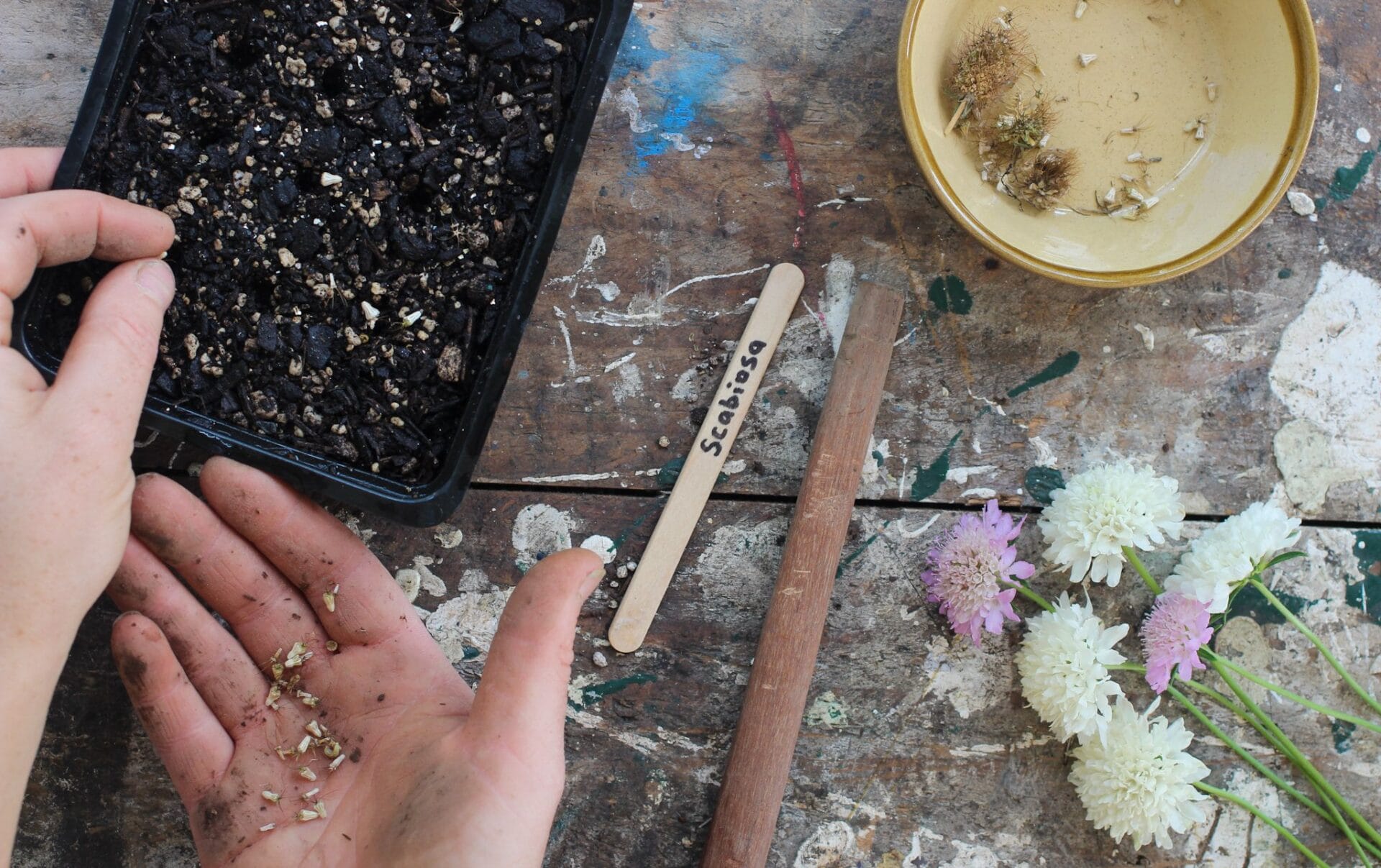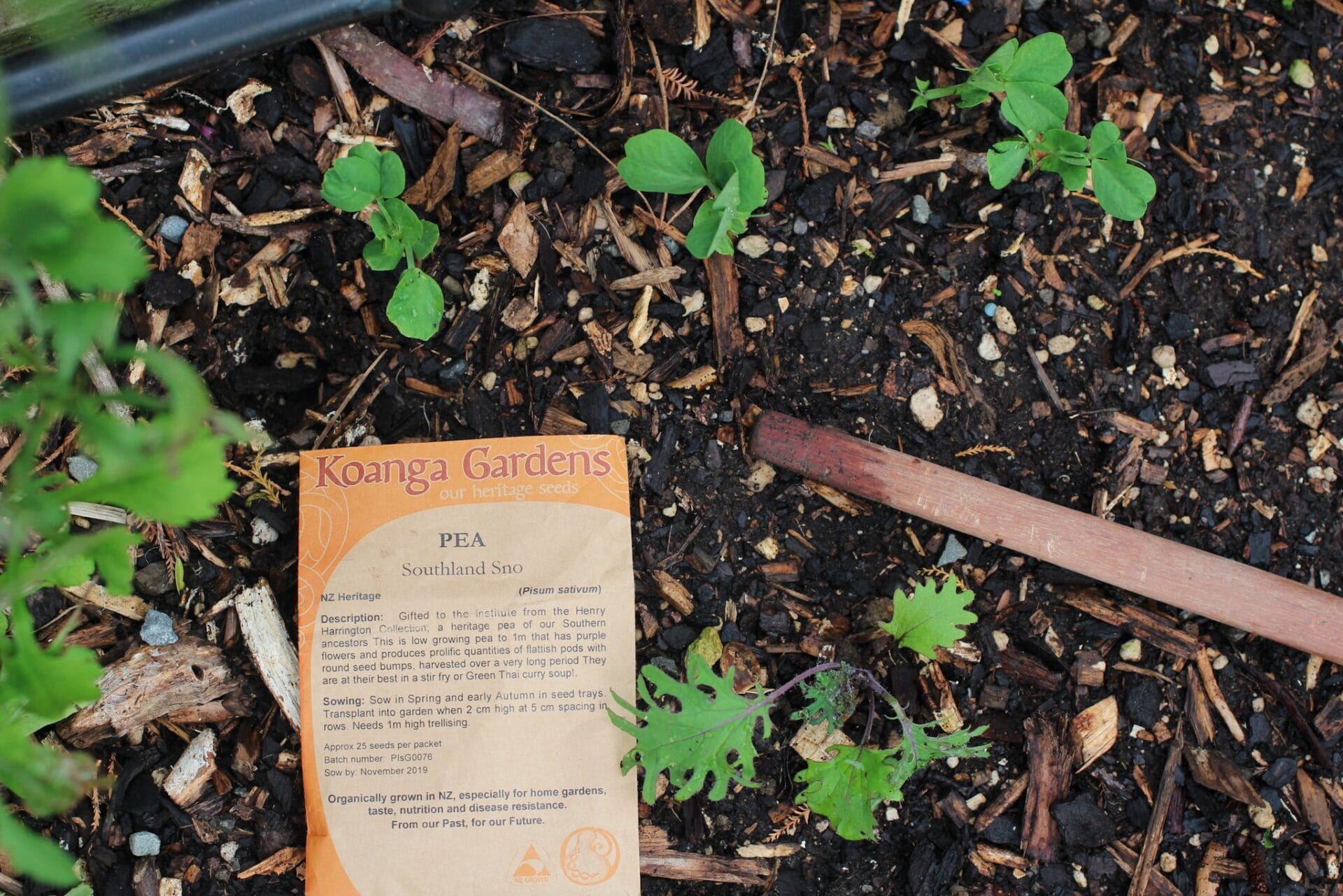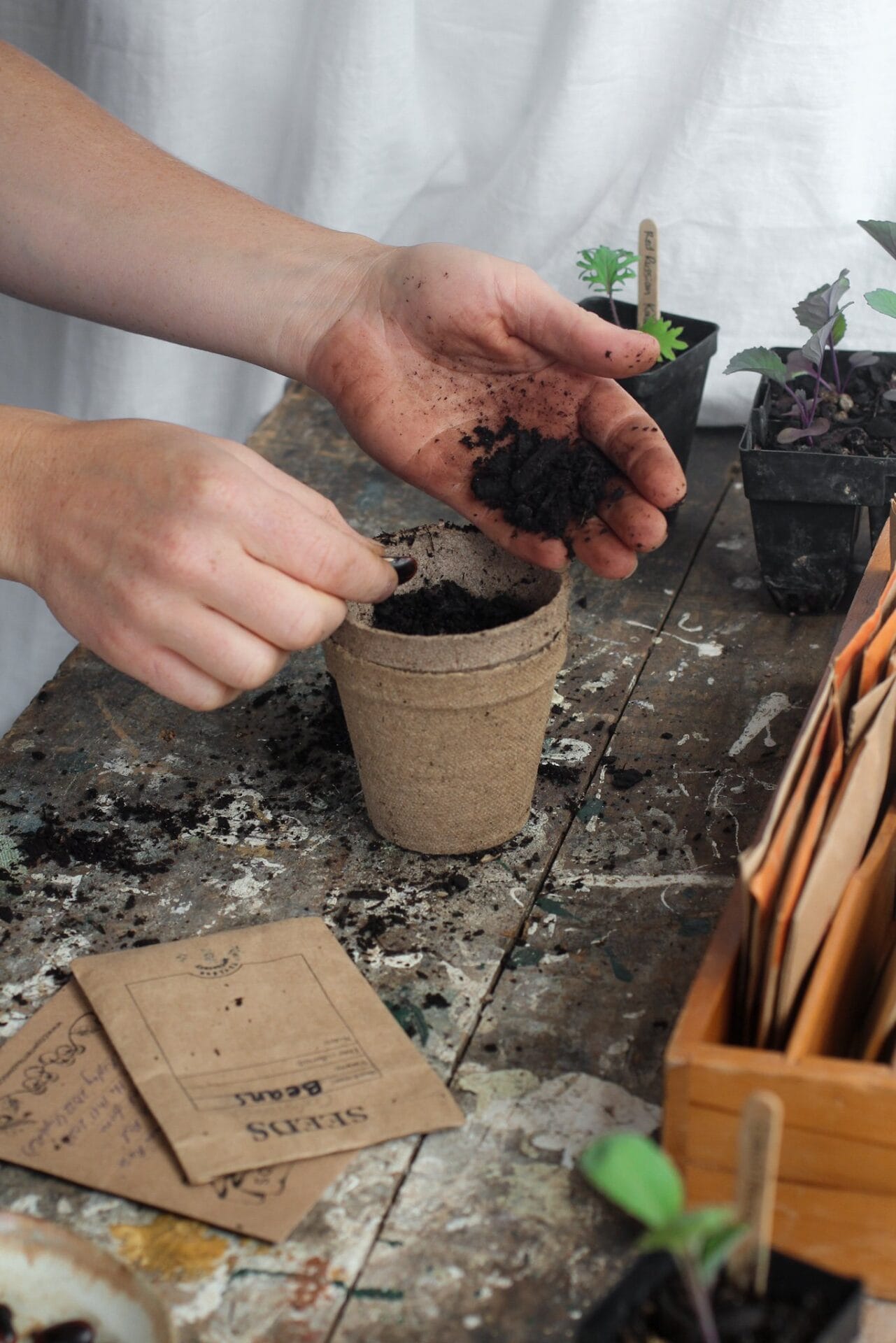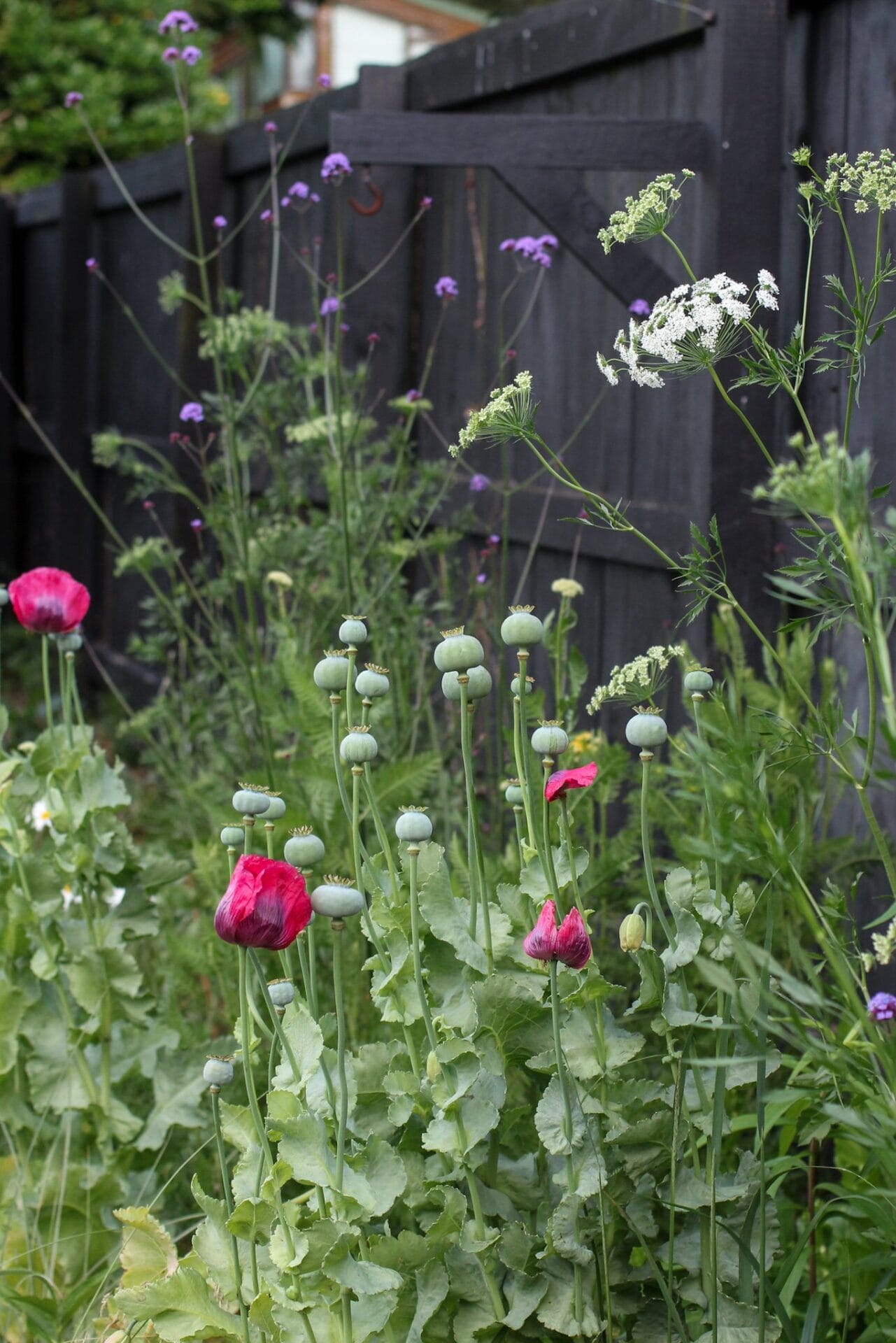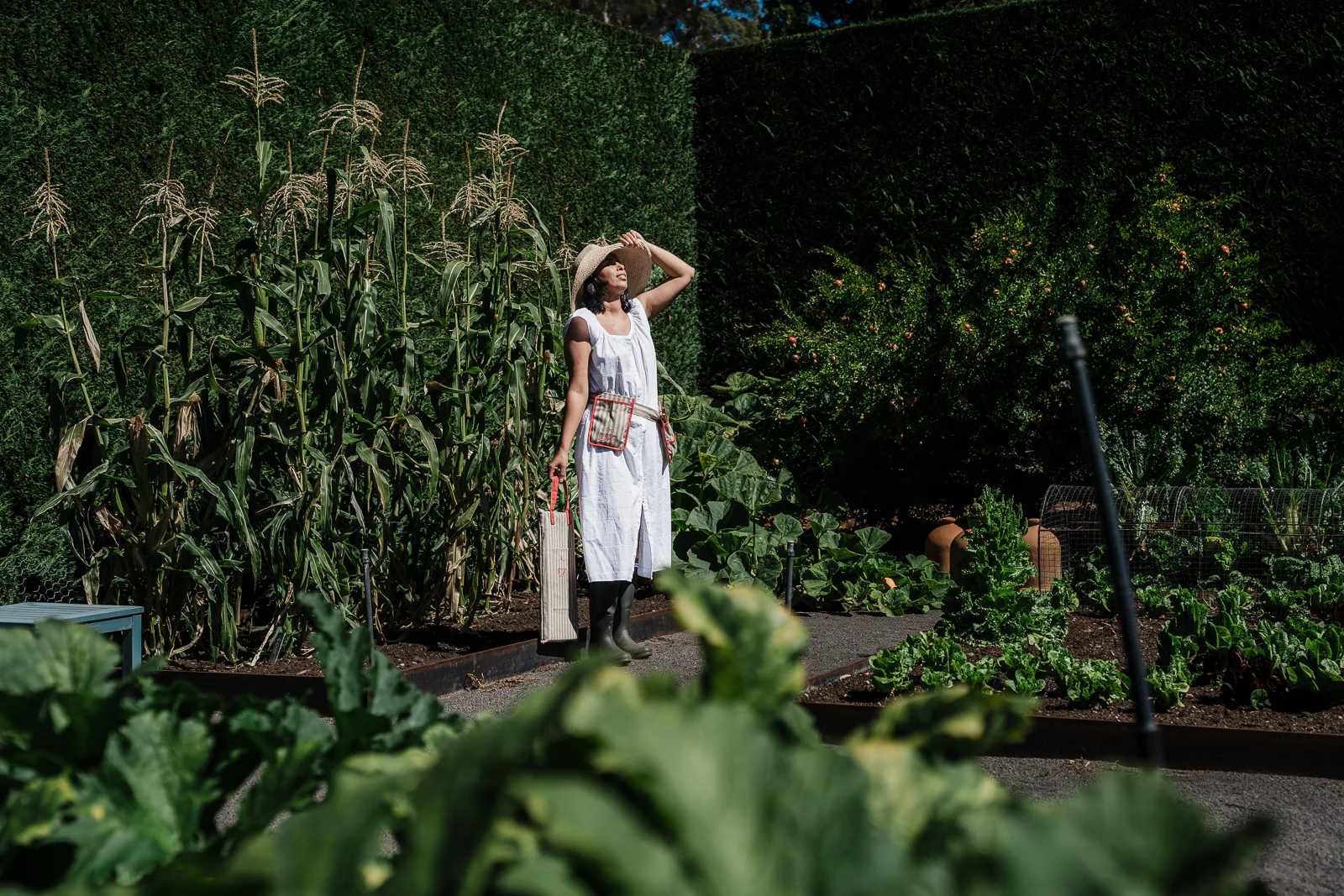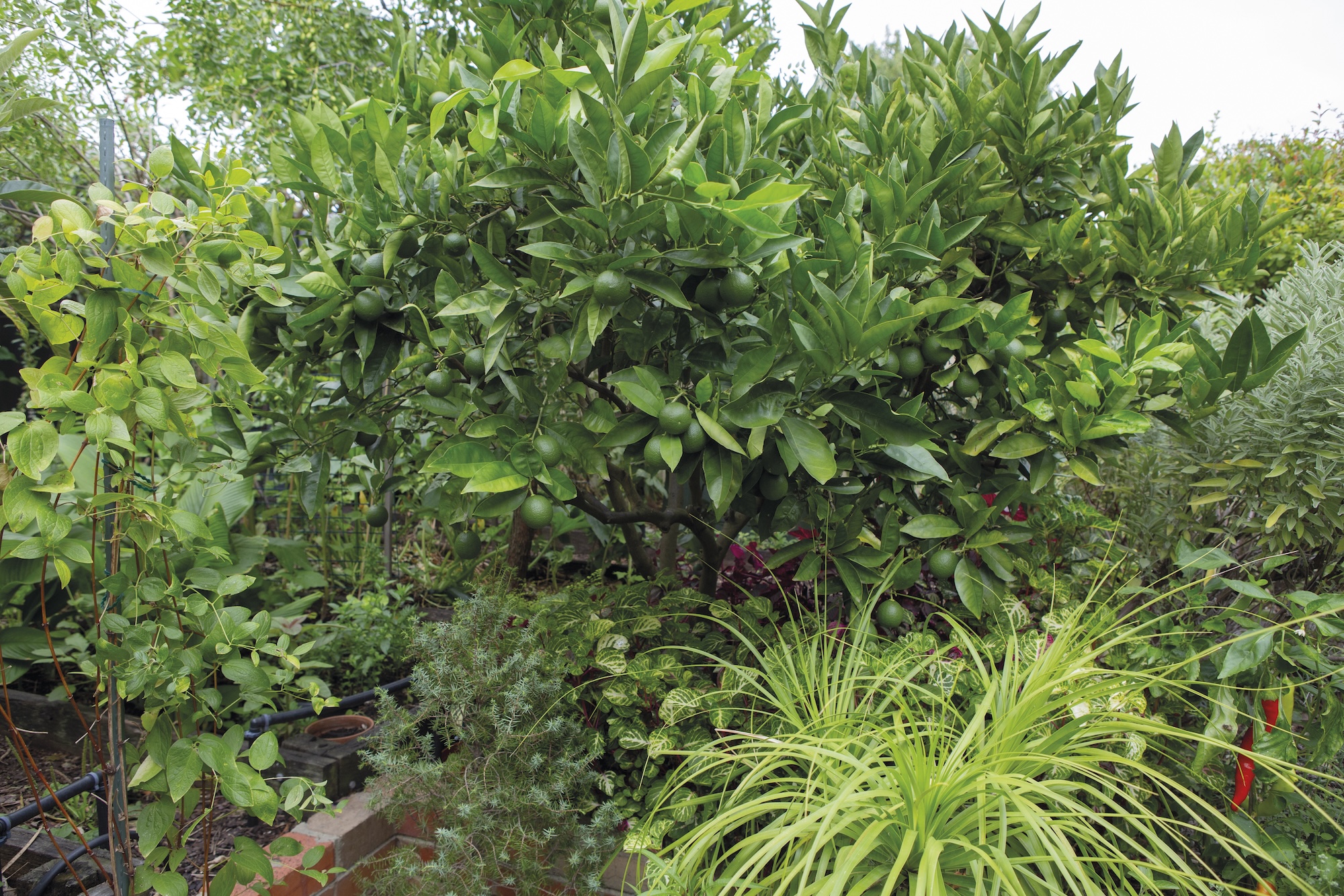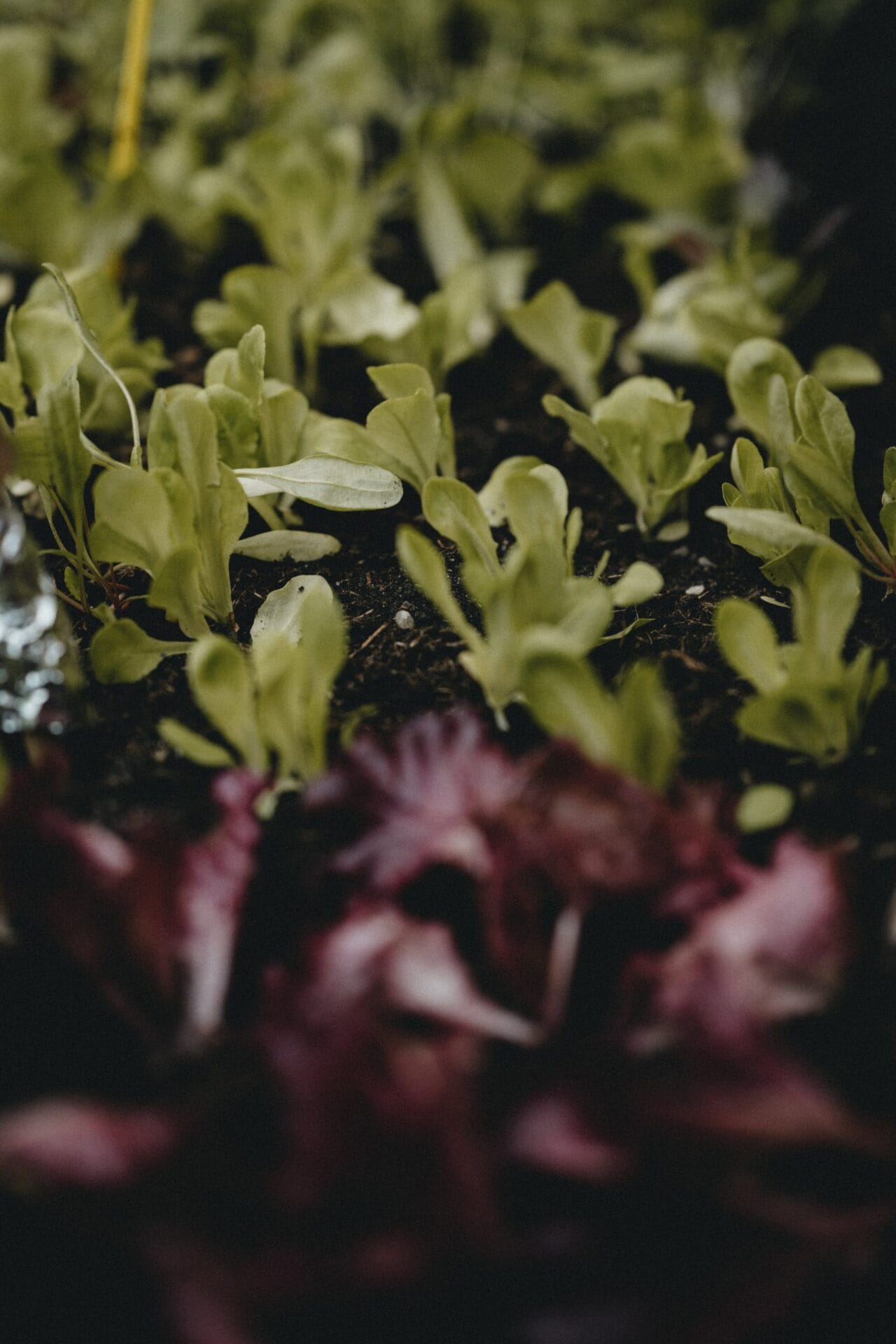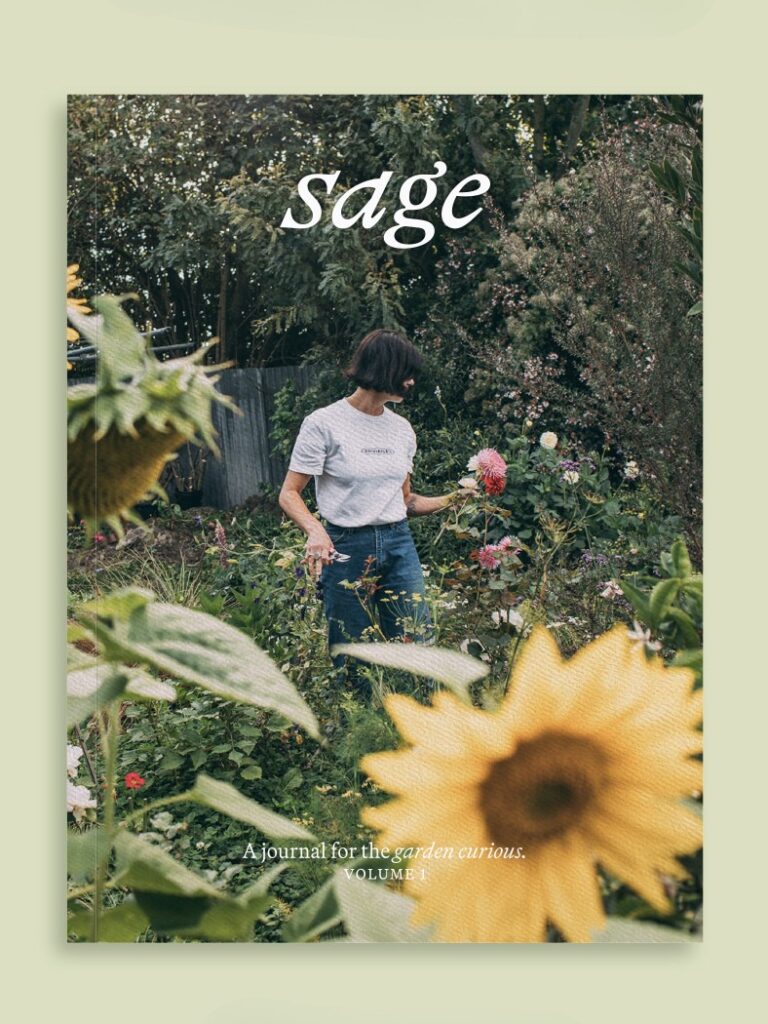After a glut of summer cucurbits, it always feels like a relief to be preparing the garden for cool crops. These cold hardy vegetables will not only survive frosts but prefer the cool weather, which punctuate flavour and also protect them from insects that thrive during the warmer months.
Sowing seeds in autumn gives the plants a head start and a chance to put on a reasonable amount of growth before the frosts start and the daylight levels drop. During the winter months, the rate of growth will slow considerably. By this time, your plants should be big enough to harvest small amounts.
Leafy greens such as kale, spinach and bok choy are good choices as they are great examples of cut and come again veggies in the garden, as are celery or sprouting broccoli which can be picked a stem at a time.
Root vegetables like carrots or beetroot store perfectly well in the garden even when the ground freezes, while peas will slowly vine up their trellis over the winter, ready to jump into production as soon as spring sets in.
Likewise, brassicas like cauliflower and cabbage heads will gradually fatten up during the winter to be timed for picking before the pressure of aphid or white butterfly.
The list of hardy vegetables below can be planted out into the garden in autumn to overwinter with no protection. (An exception would be salad greens whose leaves can go tough and bitter from hard frosts. Lettuce however still enjoys cooler temperatures, anything too warm, and it bolts quickly, so planting inside a cold frame, or container and sheltering under a patio or wrapping up with frost cloth will help to prevent a bitter taste.)
Snow Peas in morning light of Elly’s garden.
Kale with flowering rocket.
Vegetable seeds to sow in autumn —
- Broccoli
- Cauliflower
- Beetroot
- Carrots
- Mustards
- Lettuce
- Leeks
- Peas
- Spinach
- Kale
- Silverbeet
- Radish
- Onions
- Spring Onions
- Asian Greens
- Cabbage
- Celery
- Parsley
- Coriander
Leeks in raised garden bed.
Daucus carota ‘Dara’ (Chocolate Lace Flower).
The flower garden: What to sow in autumn
Believe it or not, there are flowers you can sow in autumn. These are called hardy annuals which are robust plants that are frost-tolerant and can survive the winter, ready to flower much sooner than their spring-sown counterparts.
Half-hardy annuals can also fall into the category of things to sow in autumn. However, unlike hardy plants which may be transplanted into the garden before the frosts, half hardy annuals may need a little extra protection and could be overwintered in a greenhouse or cold frame.
Annual flowers are flowers whose life cycle consists of one season only. They rapidly put on growth then flower, set seed and die – all within a year.
There are several hardy annual flowers that can be sown in autumn, with some actually preferring a longer, cool period of growth that can encourage them to put down deeper roots to establish stronger plants.
Ammi majus (Queen Anne’s lace) is an example of this – able to survive freezing temperatures, the plant will tower over two metres high when planted in the autumn compared to a much shorter plant if sown in spring.
Nigella damascena (‘Love in a Mist’) and Centaurea cyanus (cornflowers) are tough as nuts and fast-growing, while Calendula will flower right through the winter if timed right.
Many hardy annual flowers are prone to disease in warmer weather: rust for Antirrhinum (snapdragons), while Lathyrus odoratus (sweet peas) suffer powdery mildew. Autumn sowing these varieties means they have a long enough season to thrive before succumbing to these issues.
Consolida ajacis (Larkspur) in Elly’s garden.
Flower seeds to sow in autumn:
- Ammi Majus (Bishop’s Flower)
- Centaurea cyanus (Cornflower)
- Nigella damascena (Love-in-a-mist)
- Calendula officinalis (Pot Marigold)
- Consolida ajacis (Larkspur)
- Lathyrus odoratus (Sweet Pea)
- Scabiosa (Pincushion Flower)
- Antirrhinum (Snapdragon)
- Matthiola incana (Stock)
- Papaver somniferum (Poppies)
- Daucus carota ‘Dara’ (Chocolate Lace Flower)
- Orlaya grandiflora (White Finch Lace)
- Reseda alba (Mignonette)
- Lunaria Annua (Honesty)
- Borago officinalis (Borage)
- Helichrysum (Strawflower)
Calendula officinalis (Pot Marigold) and Helichrysum (Strawflower) in Elly’s garden.
Sowing scabiosa in trays.
Autumn seed sowing methods
Direct Sowing
There are several vegetables and hardy annual flowers that prefer to be direct sown.
Peas and sweet peas have a lateral root system that likes to stretch out long and deep before branching, so sowing in a shallow tray is not recommended.
Hardy annual flowers such as poppies and nigella have very delicate roots which detest being transferred. Likewise, transplanting radish or carrots can produce deformed fruit, therefore direct sowing is best. Then there are vegetables like rocket which are so sure to pop up you may as well direct sow. The ultimate companion flower, calendula, is another example of this.
To prepare for direct sowing:
-
Clear the sowing areas of weeds
-
Add a layer of compost or seed mix to the surface.
-
Using a dibber (or a stick), create indents in the soil, holes for larger seeds such as peas and lines for smaller seeds such as carrots.
-
Cover the seed with a light layer of soil.
-
Water in thoroughly using a watering can or mist setting on the hose to ensure you do not dislodge seeds.
-
Keep the area moist until germination occurs. Carrot seed is very susceptible to drying out and dying due to the lack of water. While pea seed can rot easily so it’s important to prevent the soil from remaining soaking wet.
-
You may choose to protect the seeds with netting or a cloche to stop birds digging in the soil for worms.
-
Scatter or “broadcast” sowing may be more appropriate for very fine seed or seed used as cover crops. This is a process of throwing the seed over a larger area. Sometimes sand is added to the seed to achieve an even distribution. It works well for light lovers such as poppies, that require light for germination but also seed such as mustards, that are both edible and used as a cover crop due to its ability to improve soil structure and outcompete weeds.
Direct sowed peas.
Sowing in trays
Sowing in trays is the preferred way to start seeds for many due to the fact you can control the environment very easily. Sowing seeds in a tray indoors, protected from pests and weather, means that you provide the ideal amount of heat and water for the seed to germinate. It also gives you the ability to start seeds even if you don’t have any available space in the garden yet.
To sow in trays:
-
Fill the tray with drainage holes to the top using a quality seed raising mix, this should be sterile with little to no added fertiliser.
-
Take another tray and gently compress the soil.
-
Use a dibber, like a pencil or stick, to evenly space holes in the soil. These ‘indents’ will indicate where to place the seeds, and should only ever be twice as deep as the seed itself.
-
To sow seed, carefully place a single seed or two per hole. This may be tricky for smaller seeds so using the underside of your fingernail, the tip of a wet pencil or tweezers may help.
-
Sprinkle a light layer of vermiculite to the top, this will help to retain moisture while still allowing light in.
-
Label and bottom water so that you do not displace seeds.
-
Place the tray in a warm, bright spot and cover with a dome to keep up humidity.
-
Keep moist and once seeds begin to germinate you can remove the dome, while still keeping the seeds protected from harsh weather, rain/wind/sun or pests like slugs.
-
Once the first true leaves have emerged, you may prick the seedlings out of the tray and pot on in small pots.
A couple of things to note —
Read the seed packet
It is important to always read the seed packet when sowing seeds. Some seeds prefer darkness to germinate while others need light – this will determine whether you bury the seed or not.
Cold stratification
Some hardy annual flowers, like larkspur and lunaria may require a period cold stratification before they will germinate. While you could leave the seed trays outdoors for the winter and await natural germination, another trick is to place the seeds or the seed tray into the fridge for a short period of stratification to force germination.
—
While there may seem like a lot to do in the garden in autumn, sowing hardy annual flower and vegetable seeds during the autumn season is one of those things that with a little preparation and planning can have a big impact in your garden next spring.
Opium Poppies and Ammi Majus in Elly’s garden.

